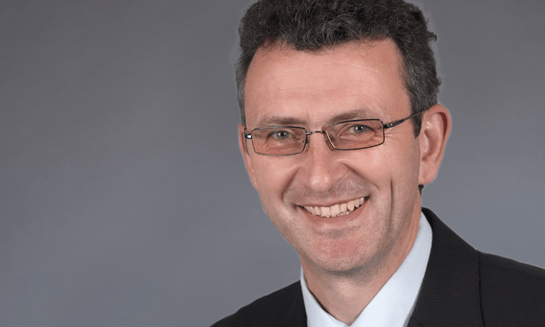Mr. Walther, one of the most important topics right now at the World Climate Conference in Glasgow is the reduction of CO2. What can Xella do to improve the extraction of sand, an important raw material for autoclaved aerated concrete and calcium silicate units?
Because we cannot do without this raw material, we naturally work as CO2-efficiently as possible. This starts with the transport routes, which we keep short. But we don't accept the idea of buying the material at a lower price somewhere else, even though the CO2 footprint would be much higher. Instead, we extract raw materials responsibly on site and recultivate our pits. We also want future generations to find a usable, diverse natural environment.
However, digging a pit into the landscape remains a major intervention in nature. How does Xella ensure that plants and animals are not damaged in the long term?
By thinking about the recultivation of a new pit from the very first consideration and throughout all project phases.
What does that mean for flora and wildlife?
You can see this, for example, in the case of the sand martins. They nest in the excavation walls of the pits, which is why mining is stopped in these areas during the breeding season. They are also closed to the passage of vehicles. With these swallows, species protection is clearly visible to people. But it's just as important in the places that don't immediately come to mind, such as puddles. In the wet areas of pits and on muddy passageways, amphibians spawn. To protect them, we temporarily close such passages.
Or let's take reeds: We allow them to spread in the pits. Animals then settle there very quickly. They find shelter in the reeds and in the bushes, even in "carelessly thrown up piles of stones" or "rootstocks lying around the edges". In addition, pits are closed to visitors and there are neither walkers nor dogs. Animals appreciate this peace and quiet. Endangered plant species often settle on free nutrient-poor sandy areas. People often think: what a barren landscape. But some species need exactly that.
Another example are pine forests. When we have removed the sand deposited underneath, we do not simply plant another monoculture. By also planting new tree species in consultation with the landowners, we make this forest more stable for climate change at the same time.
